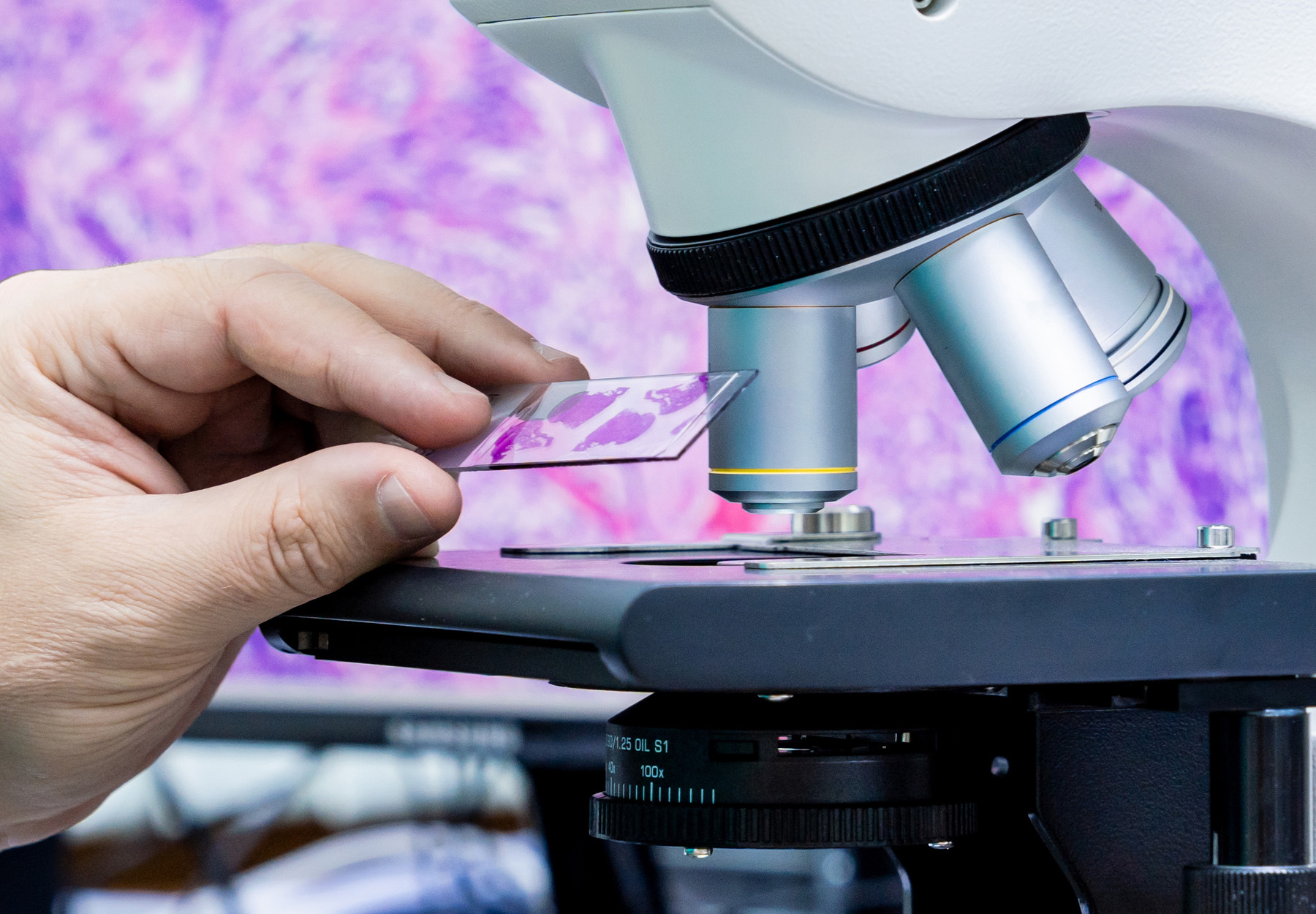Expert Q&A: Key Developments in AI and Digital Pathology
Juan Antonio Retamero, MD, shares his thoughts on recent trends in AI and digital pathology, and how they may progress.

Subscribe to Clinical Diagnostics Insider to view
Start a Free Trial for immediate access to this article